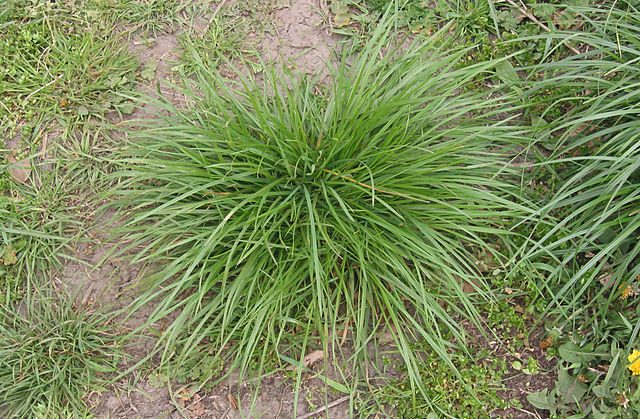Canadian farmers in Alberta province have revived the old cover cropping practice that is greening their fields past conventional seasons.
Takeover of potato and corn fields by ryegrass, oats, legumes and other oilseeds is transforming farms and farmers are abandoning the conventional seasonal crop system in favor of this soil-enriching old-time practice.
Dieter Gagelmans, whose farm in Alberta spans 344 hectares, told CBS of the added value of cover cropping over “normal cropping.”
This is after he has witnessed firsthand benefits of cover cropping. These include retaining drainage in the soil, culling weed naturally and, of course, guarding against erosion.
Gagelmans first learned this technique in Belgium, but had hitherto not tried to apply it in Canada’s wintry climate.
Cover Cropping Tradition in Canada
In essence, cover cropping is a method of propagating various temporary plants for firming the soil rather than for reaping.
After harvest in late fall, farmers in Canada till their potato fields in readiness for the spring growing season. Nitrogen-fixing legumes and clover have over time become favorite soil-covering crops during this sowing gap.
In old times, rye was the ideal cover crop soon after the potato harvest. This grass not only prevented erosion but served as cattle fodder.
Even without enjoying a conventional harvest, rye allows for extra grazing, a secret to the rise in milk production in Alberta.
Traditionally, cover cropping occurred simultaneously with growing seasonal crops, but nowadays, farmers are planting them right after a harvest. The cover crops serve as season extensions, hence the perennial green on the fields.
Furthermore, these plants agree with the various soil types across Alberta. In the dark brown soils of the central region, cover crops entrap snow and shield crop damage.
In the black soils of other parts of Alberta, legumes retain moisture for passing rains faster than normal crops do.
More beneficial is the acclaimed velvetbean or Mucuna species. Research shows that not only is it a natural fertilizer but it also enhances the production of hilly-region corn.
So, as Alberta reverts to traditional farming, biodiversity is back in the picture.
